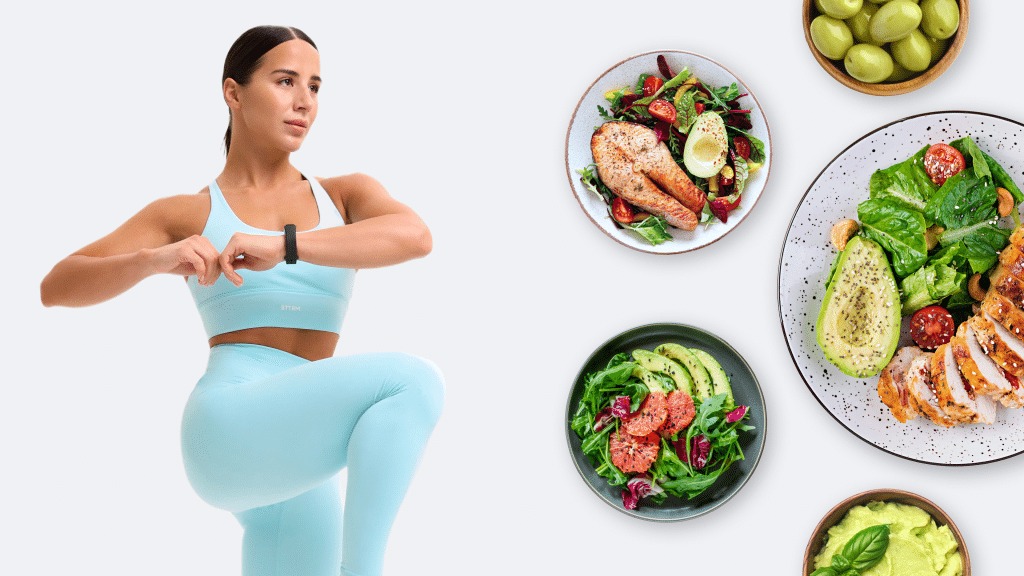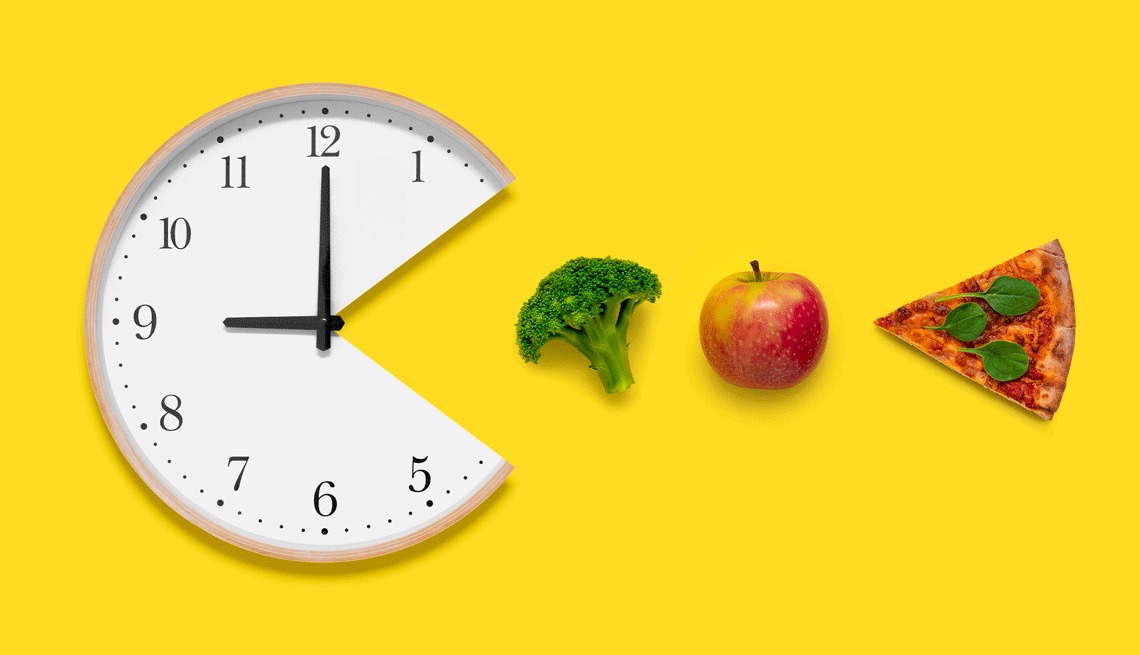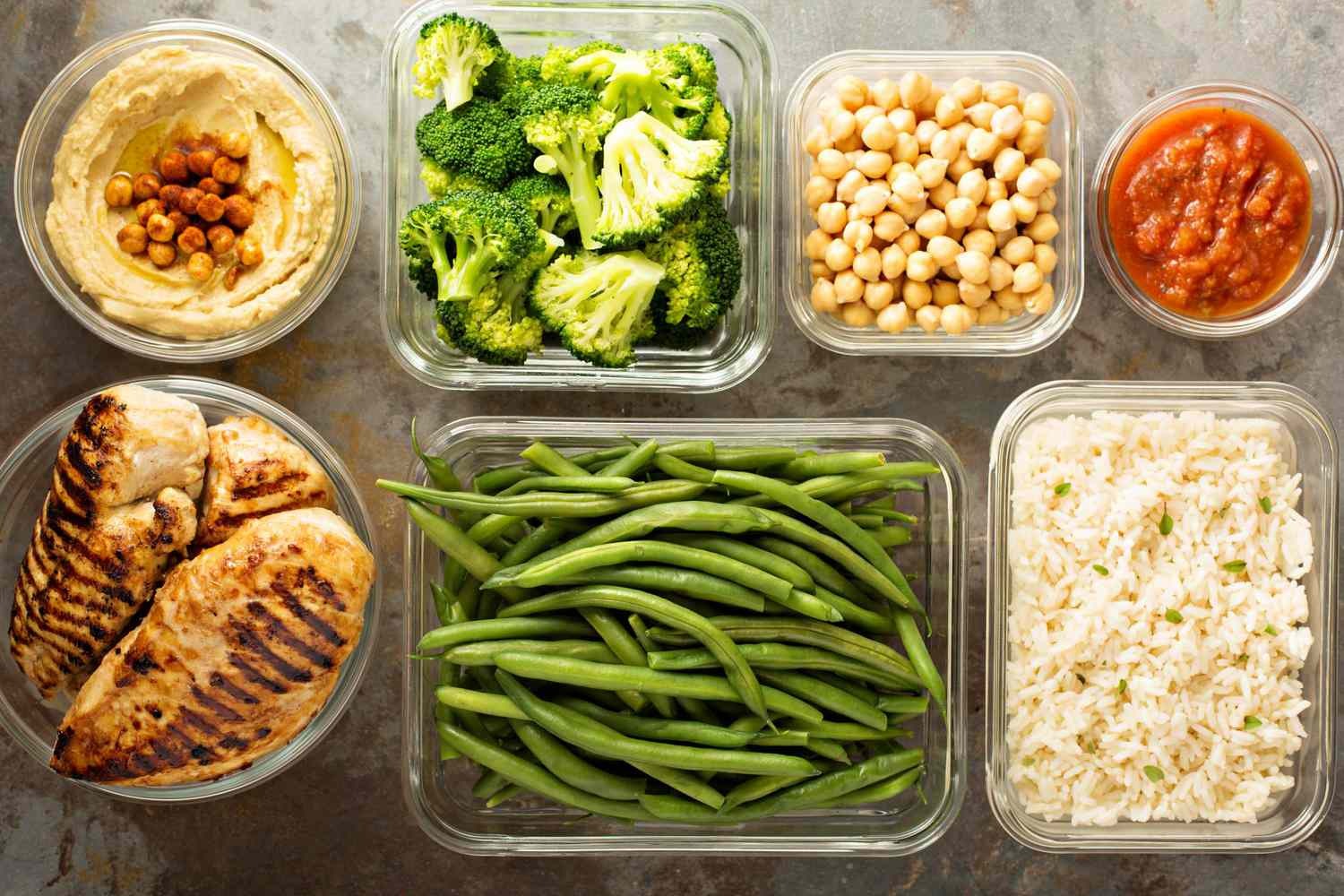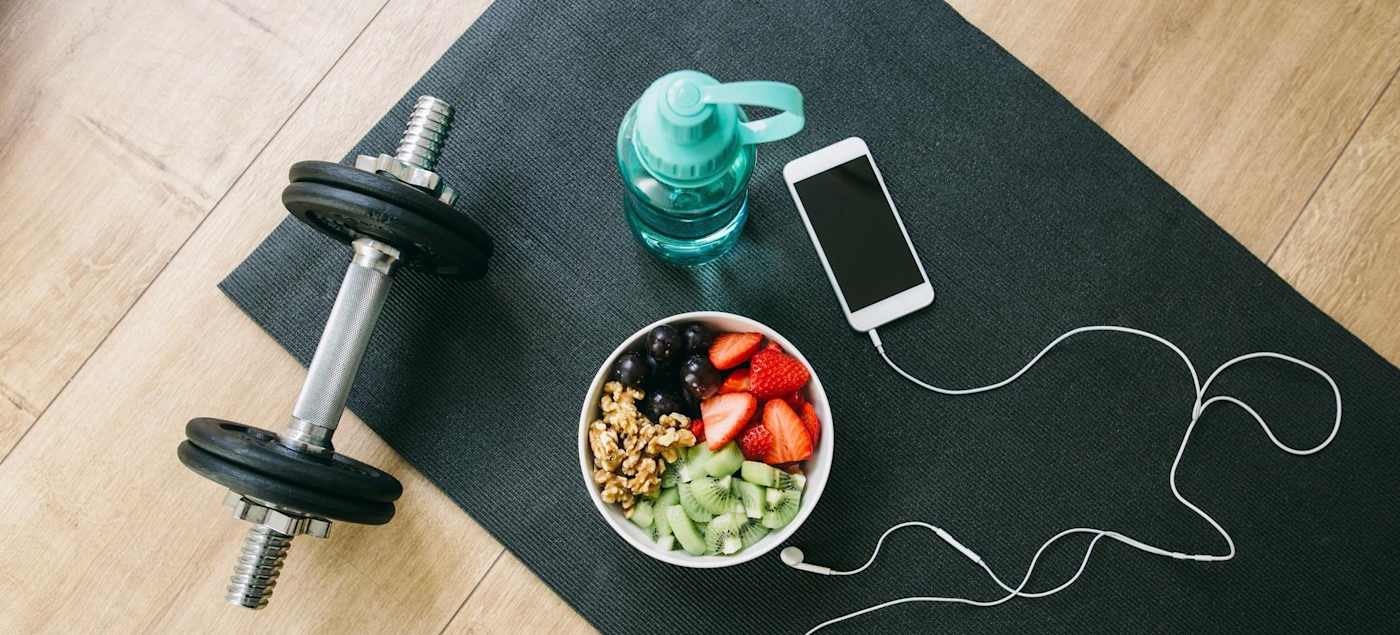When you decide to build a house, you need a strong plan and the right materials. You can’t just use flimsy wood; you need solid bricks and a strong foundation. The same idea applies to building your body. If your goal is to build muscle and lose fat, you need the right building blocks, and the most important one is protein. Protein is a powerhouse nutrient that plays a crucial role in building and repairing your muscles. It’s the key that unlocks the results you work so hard for in the gym.
But knowing that you need protein is one thing. Knowing how to get enough of it, and from the right sources, is another. That’s why we’ve put together this comprehensive guide to a high protein diet plan. This article will not only explain the science behind why protein is so important but will also give you a complete, easy-to-follow meal plan for seven days. This plan is designed to help you fuel your body right, build muscle, and shed fat quickly and effectively.
What Is a High Protein Diet? The Building Blocks of Your Body
A high protein diet is a way of eating that focuses on getting a larger amount of protein in your meals, compared to the amount of carbohydrates and fats. Protein is one of the three main nutrients your body needs, along with carbohydrates and fats. It’s found in foods like meat, eggs, fish, and beans.
The reason a high protein diet is so effective for fitness goals is because protein is made of tiny things called amino acids. These amino acids are the building blocks of your muscles. When you work out, you create tiny tears in your muscle fibers. Your body then uses protein to repair those tears, making your muscles bigger and stronger. Think of it as a constant process of breaking down and rebuilding, with protein as the essential material for the rebuild.
The Benefits of a High Protein Diet
A high protein diet is a secret weapon for anyone who wants to get stronger and lose fat. Here’s why it is so powerful:
- It Builds and Repairs Muscle: As we just learned, protein is the building block of your muscles. A high protein diet gives your body all the amino acids it needs to repair and grow your muscles after a workout. This is a key to getting stronger and bigger.
- It Helps You to Feel Full: Protein takes a longer time to digest than carbohydrates. This means that when you eat a meal with a lot of protein, you feel full for a longer time. This is a great way to avoid snacking on unhealthy foods and can be a huge help for anyone who wants to lose fat.
- It Boosts Your Metabolism: Your body has to use energy to digest food. The process of digesting protein uses more energy than digesting carbohydrates or fats. This means that a high protein diet can give your metabolism a small boost, which is a great way to burn calories and to lose fat.
- It Helps You to Keep Your Muscles: When you are losing weight, your body can burn both fat and muscle for energy. But with a high protein diet, your body is more likely to burn fat for energy, which helps you to keep your muscles. This is a key to a lean and a strong body.
The Foundation: Before You Start a High Protein Diet
Before you even start a high protein diet, there are a few important things you need to do to ensure you have a safe and effective plan.
1. Know Your Numbers
The amount of protein you need depends on your weight, your age, and your activity level. A good starting point for most people is to aim for about 0.7-1 gram of protein per pound of your body weight. For example, if you weigh 150 pounds, you should aim for about 105-150 grams of protein per day. You can use an online calculator to get a more accurate number for you.
2. Choose Quality Sources
Not all protein is the same. You should focus on eating a lot of high-quality protein from sources like lean meats, fish, eggs, and beans. These sources are not only rich in protein but are also full of other important nutrients your body needs.
3. Don’t Forget About Carbs and Fats
A high protein diet does not mean a no-carb or a no-fat diet. Your body needs carbohydrates for energy and fats for a healthy hormonal balance. You should focus on eating a healthy and balanced diet with a lot of vegetables, fruits, and whole grains.
The Ultimate High Protein Diet Plan (A 7-Day Plan)
Here is a simple and easy-to-follow high protein diet plan for seven days. This plan is designed to be a guide, and you can change it to fit your tastes and your schedule.
Day 1: Monday
- Breakfast: Scrambled eggs (3) with a side of spinach and a piece of whole-grain toast.
- Lunch: Grilled chicken salad with a lot of vegetables and a light vinaigrette dressing.
- Dinner: Baked salmon with a side of roasted potatoes and steamed broccoli.
- Snack: Greek yogurt with a handful of berries.
Day 2: Tuesday
- Breakfast: Protein shake (protein powder, almond milk, banana).
- Lunch: Lean ground beef stir-fry with a lot of vegetables and brown rice.
- Dinner: Turkey meatballs in tomato sauce with a side of zucchini noodles.
- Snack: A handful of almonds and a piece of fruit.
Day 3: Wednesday
- Breakfast: Cottage cheese with a side of sliced peaches.
- Lunch: Tuna salad on whole-grain crackers.
- Dinner: Chicken and vegetable skewers with a side of quinoa.
- Snack: A hard-boiled egg and a small apple.
Day 4: Thursday
- Breakfast: Scrambled eggs (3) with a side of avocado and salsa.
- Lunch: Leftover chicken and vegetable skewers.
- Dinner: Steak with a side of sweet potato fries and asparagus.
- Snack: A protein bar.
Day 5: Friday
- Breakfast: Greek yogurt with a scoop of protein powder and a handful of walnuts.
- Lunch: Lentil soup with a piece of whole-grain bread.
- Dinner: Shrimp stir-fry with a lot of vegetables and a side of brown rice.
- Snack: Cottage cheese with a handful of grapes.
Day 6: Saturday
- Breakfast: Scrambled eggs (3) with a side of bacon and a piece of whole-grain toast.
- Lunch: Leftover shrimp stir-fry.
- Dinner: Chicken burgers on a whole-grain bun with a side of a large salad.
- Snack: A handful of almonds and a piece of fruit.
Day 7: Sunday
- Breakfast: Protein pancakes with a side of berries and a little maple syrup.
- Lunch: A large salad with a lot of mixed greens, grilled chicken, and a light vinaigrette dressing.
- Dinner: Baked cod with a side of roasted vegetables and quinoa.
- Snack: Greek yogurt with a handful of berries.
A Detailed Guide to Protein Sources
To ensure you are getting the most out of this plan, here is a simple guide to some of the key protein sources.
1. Lean Meats
Chicken breast, turkey, and lean cuts of beef are great sources of lean protein. They are a good source of amino acids and other important nutrients for your muscles. You can bake, grill, or stir-fry them.
2. Fish
Fish like salmon, tuna, and cod are great sources of protein and healthy fats (omega-3 fatty acids). These fats are crucial for your brain and heart health.
3. Eggs
Eggs are a powerhouse of nutrition. They are a great source of protein, healthy fats, and a lot of vitamins and minerals. You can eat them scrambled, boiled, or as an omelet.
4. Dairy
Dairy products like Greek yogurt, cottage cheese, and milk are great sources of protein and calcium. Calcium is crucial for your bone health.
5. Legumes and Beans
Legumes and beans like lentils, chickpeas, and black beans are great sources of plant-based protein and fiber. They are a great way to get your protein in if you are a vegetarian or a vegan.
The Final Word
The journey to a stronger, healthier body is a two-part process: hard work in the gym and smart choices in the kitchen. This high protein diet plan is your roadmap to success, a detailed guide on how to fuel your body with the right building blocks. The power of a high protein diet is not a secret; it’s a fundamental truth of fitness. By making consistent and informed choices about the food you eat, you’re not just following a diet—you’re providing your body with the very tools it needs to transform. So, start today, fuel your body right, and get ready to see the amazing results of your hard work.



